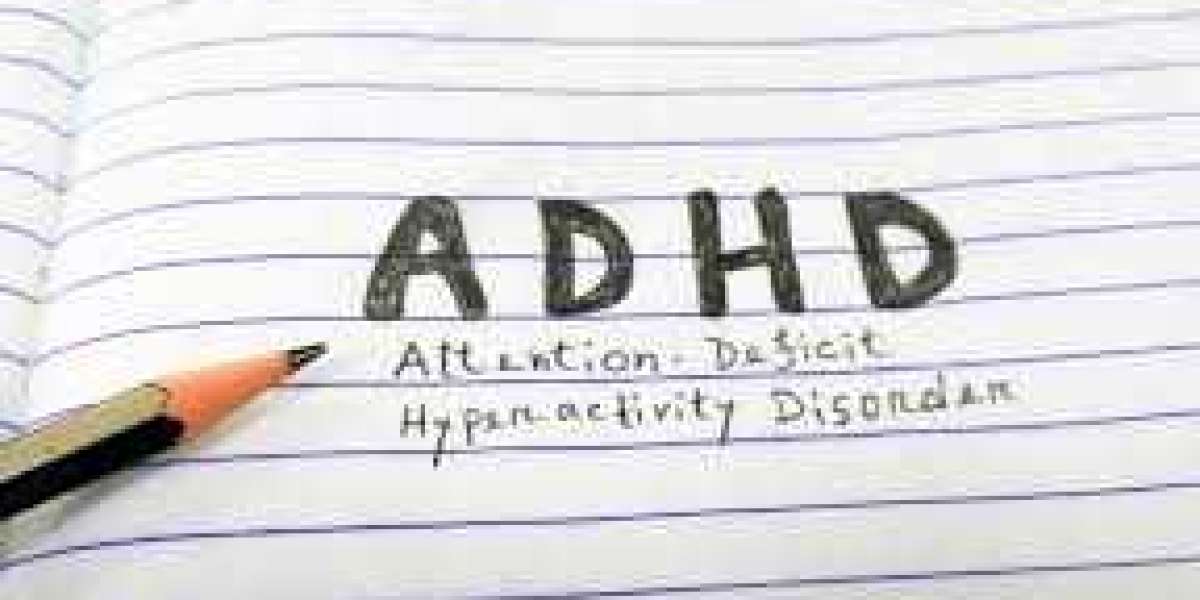The symptoms, which can be divided into two major categories. The first category, which includes a range of problems, is inattention. This group has a propensity to routinely miss things and make thoughtless mistakes in their schooling. It's natural to find it difficult to stay focused on chores, especially ones that you detest or repeat. This could lead to misplacing or losing things that are essential for school-related tasks, such books or required equipment. People may also struggle with prioritizing and organizing their work, which can result in an untidy environment overall. They might also stay away from things they detest.
Next, we have impulsivity and hyperactivity in the second category. In children, hyperactivity is more common than in adults, when it begins to decrease. Hyperactivity-related problems include fidgeting, restlessness, and trouble sitting seated throughout class. Youngsters exhibiting these signs may act loudly and disruptively, disrupting others during conversations and taking part in risky activities. They may find it difficult to play or participate silently in leisure activities, and they frequently make snap decisions.It is important to remember that for a diagnosis to be made in either category, these symptoms must exist before the age of twelve. People who are impulsive may find it difficult to control their impulses, which can result in rash choices and possibly harmful behaviors. Even in adulthood, when coping skills may be established, situations where potential is not fully realized may still happen due to this impulsivity. Adult diagnostic procedures frequently involve having people who knew the patient as a child complete a questionnaire about symptoms from childhood. Adults may experience slightly different symptoms, and coping strategies may conceal the full severity of the illness. Even if some adults with ADHD might be exceptional in particular fields, there are still situations in which they might not reach their full potential.Furthermore, ADHD and other diseases may coexist. Drug abuse is a common comorbidity, and anxiety and depression are often diagnosed simultaneously in females. ADHD and PTSD may also be related, particularly in cases when impulsive behaviors result in traumatic events.
What is the assessment procedure and how is ADHD diagnosed?
The procedure of diagnosing symptoms of ADHD is extensive, and although I do not personally examine youngsters, I concentrate on adult examinations. The process includes administering the Diva questionnaire in addition to a comprehensive mental assessment. Patients are asked to identify symptoms in two different domains of ADHD on this questionnaire: hyperactivity and inattention. The Adult ADHD Parent or Adult Questionnaire is another child-specific form that parents or other family members who are acquainted with the patient's early years must fill out. The patient fills out the Diva 5, which is now recognized as the diagnostic interview for ADHD, following a thorough evaluation. Triage, the first step in the patient's trip at the clinic, entails a brief medical evaluation. Patients then have a thorough mental evaluation, which includes talking about the findings of the parent and Diva questionnaires. A thorough analysis of the results follows every step of the procedure, including triage, questionnaire completion, and the psychiatrist-conducted mental assessment. Using internationally recognized guides for mental illnesses, such as the DSM-5 or ICD-10, as a guide, the psychiatrist determines throughout the thorough mental examination whether the patient fits the criteria for ADHD. It's crucial to remember that a wide range of additional possible illnesses are taken into account and ruled out throughout the thorough mental assessment using a variety of instruments and procedures.
What choices are there for treating ADHD management?
There are both non-pharmacological and pharmaceutical treatment for ADHD management. Numerous talking therapies and supporting apps have been developed as non-pharmacological options. Peer-to-peer support is very beneficial and is frequently offered by various patient groups in the UK. Regarding the pharmaceutical component, the NICE guidelines suggest that medicine be used as the initial course of treatment for ADHD. Especially for adults, methylphenidate, better known by its brand name Ritalin, is frequently the first medicine recommended. Often utilized are formulations with extended release, which provide a steady delivery of the drug throughout the day. Compared to adults, youngsters might favor formulations with prolonged release.
With regard to the fact that ADHD is a lifetime condition, regrettably, it is a neurological problem that affects people of all ages. Because of its developmental nature, this trait presents difficulties for health insurance companies because the problem is not often recognized after diagnosis. There is proof, though, that some people can continue to see improvements in their symptomatology even if they stop taking their medicine after two years of continuous use. In a different group, stress may cause symptoms to resurface; however, medication can be resumed as needed. Finally, about one-third of patients may discover that their symptoms completely return to how they were before starting treatment if they stop taking their prescription.


